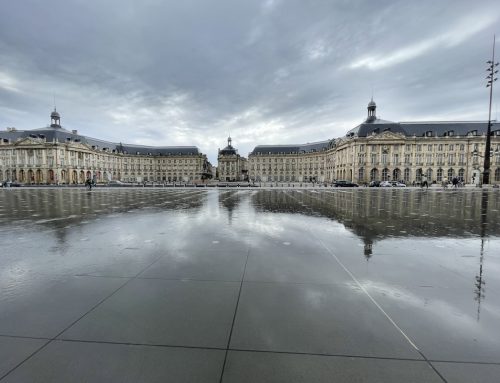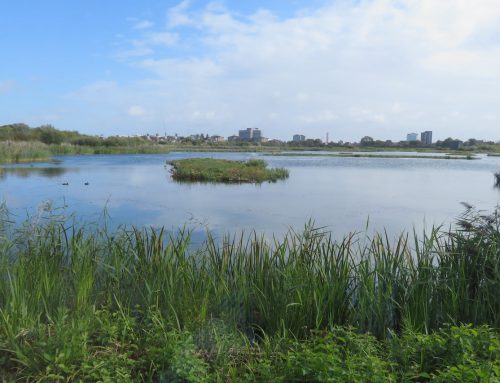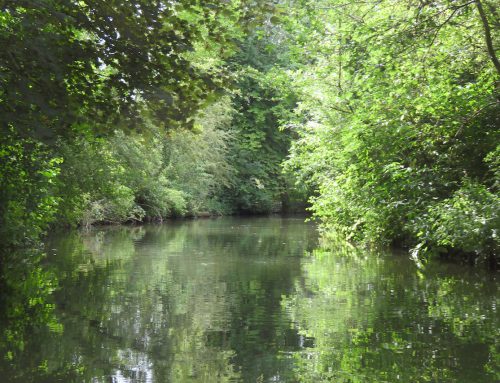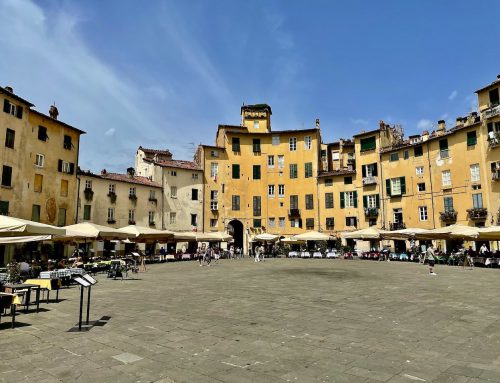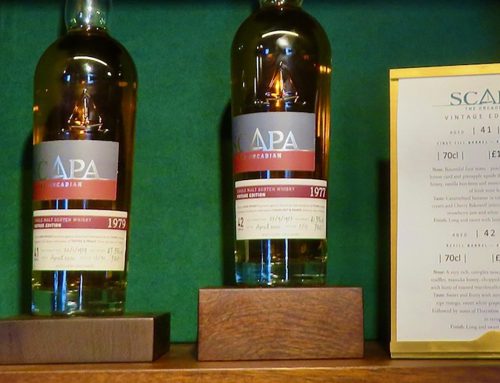The Stranger in Bluebutton Wood
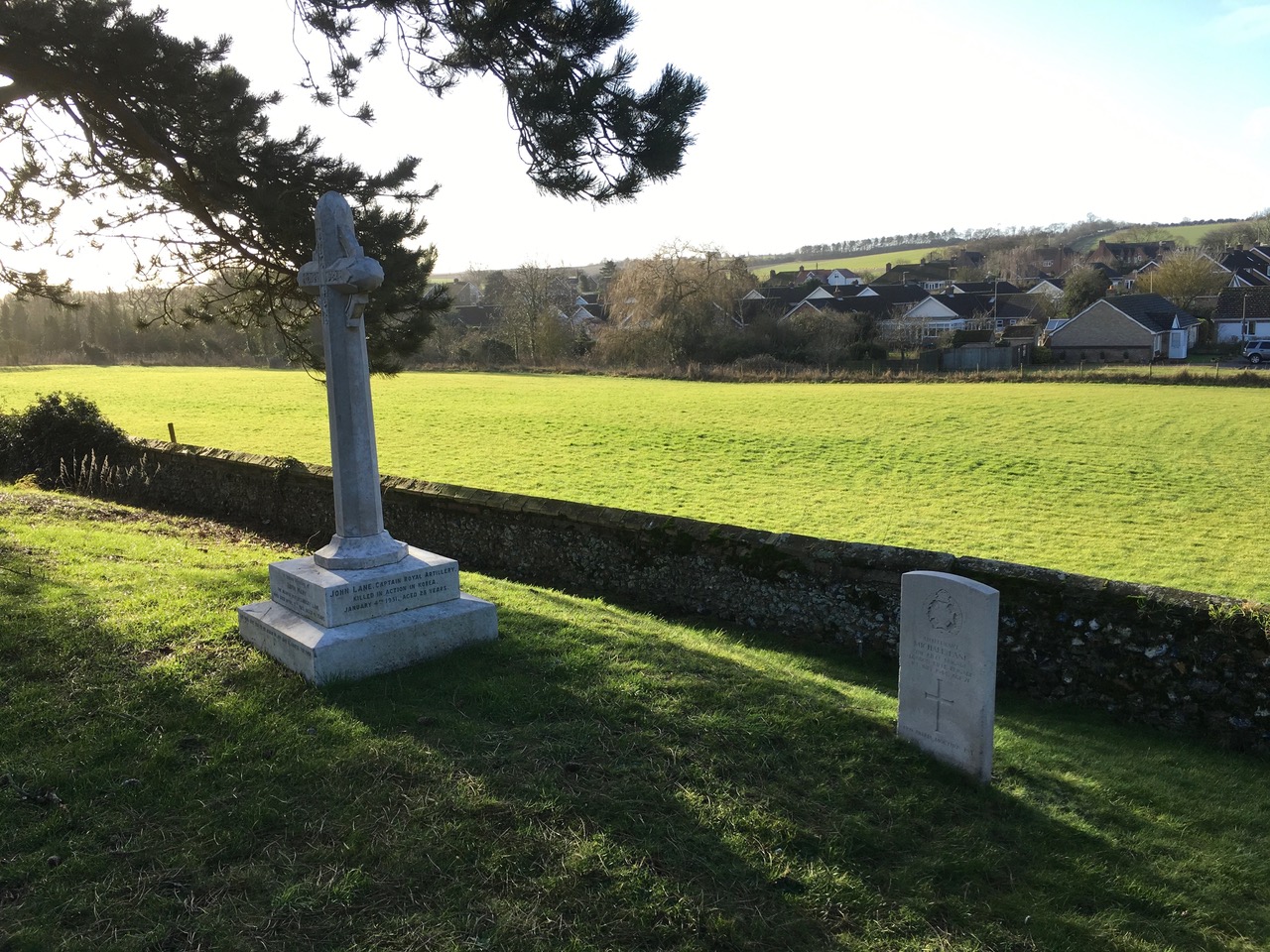
St Peter's Church in Moulton. If you must give your life for your country, this is not a bad place to be

St Peter's Church in Moulton. If you must give your life for your country, this is not a bad place to be
Moulton, United Kingdom
I know, when walking the Three Churches route in England’s rural Suffolk, I should have felt overwhelmingly holy. Perhaps a message of subservience would have descended from the sky. The region, to put it mildly, is magical. It is the resting place, too, for so many young and fallen, thanks to global conflict. I guess when my turn comes, it is not a bad place to be.
Yet I confess to religion being a million miles from my thoughts, as I slowly wandered the circular 10-kilometre route that joins the villages of Moulton, Gazeley and Dalham, a moment’s drive east of Newmarket, that home of British horseracing. It was a sunny day, a winter storm had passed the day before, and the English countryside was at its best.
Ashamedly, I was not feeling righteous, but I was filled with wonder, as the moment I had crossed Moulton’s ancient Packhorse Bridge, I realised the citizens of the area had to be incredibly, astonishingly clever. Outwardly they appeared to be the rural sort with flat hat, cody sweater and cords for men, jods and canter jacket for ladies. But under the hat, beneath the scarf, clearly lurked an intellect that would put a Russian chess master to shame.
Maybe, I daydreamed as I slithered through the mud created by a thousand pairs of feet before me, it was the influence of nearby Cambridge and its 96 Nobel Prize winners, or perhaps it was naturally innate. My evidence? The signs, you see. The ability to make sense of the waymarks that had been used to indicate the walk. Waymarks are the arrows and signs that navigation-challenged ramblers - those who choose not to map read - use to find their way around. Take a tree, a wooden post, a fence, rock or pillar, and a coloured arrow is attached pointing left, right, up, down, forward, backward or anywhere. Basically, these are signs that show you the way and are used the world over to help the walker. Normally they are solo, on occasion side-by-side, while three together barely ever. That is the trick of waymarking. Keep it simple and rural wanderers should never be misplaced. All they have to do is follow a colour and a sign.
But in Suffolk such rules seem not to apply. They place their arrows in true multiples, my record for the Three Churches route being an astonishing six. Orange arrows, white and blue, red, yellow and olive, some pointing left, some right and plenty at an angle. Oh dear, the angled arrow. Does it mean left, right, or different? You need true intellect to understand the rambler’s signs of Suffolk, which is why I am certain local folk are my intellectual superiors, the sort who can handle cryptic crosswords in a jiffy.
It is clearly a matter of probability. Follow the yellow and the chances of being lost are so-much. Follow red and the odds are the other. So, I followed yellow, then the red and, once bored, added blue. Blue, after all, is my favourite colour. It was somewhere they called Bluebutton Wood I realised that following different colours was an error. Sticking to the arrows at all was most likely a mistake. I was lost, had not the least idea of my location, so I did what any walker would do. I plonked myself down on a decaying log, feeling alone and abandoned, checked my mobile still showed zero signal, and reflected, pondered, and sighed. Years back I would most likely have cried. Now sighing had to do. Big sighs, deep, whole lungfuls. “Dammmit!” I whispered under my breath.
It was as I sat and fretted, wondering what I might do next, that I sensed something around me. I just knew I was not alone. I held my breath, my sighing stopped, any fidgeting ceased in an instant. Slowly I lifted my head from its hangdog view of the ground between my feet to look up and along the length of the trail before me, the footprints of successive boots, the deadfall from the earlier storm, the mud and puddles and debris of a walk that is manifestly so popular.
There, maybe 30 metres distant, I saw them. The man, early forties, clad with mud-splattered brown trousers, chaotically creased, well used and patched, a checked shirt, camo fleece, and dragging hard on a roll-your-own cigarette. He was looking guiltily over his shoulder, away from me, as if at any moment someone different would appear from around the corner yelling something accusatory.
Beside the man was the dog, which for some reason had not seen me, perhaps because its focus was on the act that is so very personal. I don’t do dogs, although am happy to pat one on occasion. I do know that the beast squatting by the tree, and doing what dogs do, was short, podgy, black-cum-white-cum-unidentifiable, and with teeth more like fangs than anything cosmetic. The hound may have been at peace, at least was only growling gently, but an imaginary “Don’t muck with me” was tattooed across its forehead. I was not about to try. This was the moment when even the craziest of hounds is well behaved, when it knows it is at a disadvantage. It was the moment when its owner would reach into a pocket, at least should reach into a pocket, and produce a wafer-like plastic bag. He would bend down, deposit the deposit in its covering and take the yuck back home.
But no. The man drew on his fag, the dog did its doings, no plastic featured, and the cigarette was crushed underfoot. Together, man and his favoured companion, unaware I was so close, turned together and headed down the path away from me. I waited for several minutes and let them disappear. I felt guilt almost by proxy for adding poison to the environment, for that is what both had done. Dog poo, that stuff that spends so much time on my shoe unintentionally, is clearly a big issue in Suffolk. A million tons emerges from the nations’ canine gut annually, 11 million if you are American, and that does not include cats. Like the stranger in Bluebutton Wood, fewer than 3% of owners apparently clear the stuff away.
The only good thing, I thought, as I sat silent without even a sigh, was that the pair had shown me the way. All I had to do was follow.
So, follow I did, keeping a safe distance, perhaps fifty metres, nothing more, as man and dog tracked waymarks as only experts can do. Their secret was simple, they stuck to one colour. My error was I had been tailing a rainbow. Blue to the left, red to the right, yellow straight on, while ignoring the remainder. Fifteen minutes’ later, maybe a mile slightly less, the pair broke off right while I headed left. Past another grand hall with magnificent iron gates that demonstrated riches and wealth, down an avenue of chestnuts, past gravestones engraved with worthy and famous names, through occasional puddles, stepping over frequent logs, past dozy sheep, athletic horses, but to the end, no further sign of man nor dog. Their respective crimes committed, they had sneaked off into nowhere, unaware they had been seen.
The Three Churches circuit complete, I stopped by the village shop-cum-post office-cum-everything-you-could-ever-need and downed a Scotch egg so huge it could easily have sunk a battleship, and a sausage roll that somehow, delightfully, had refused to turn itself soggy.
“Morning,” I said to the woman behind the counter. She looked shocked to be spoken to by a stranger.
But all credit to her, “Morning,” she said back. Both of us had failed to notice it was well past tea and four o’clock.
“Moles are bad,” I continued, unsure what one should say to a Moulton native. Like the weather for a London cabbie, mole damage to the countryside seemed a safe topic. I had seen lines of mole hills across many of the fields I had passed. Moles are to farmers as Satan is to Christians, best caught, gutted, beheaded, dismembered and thrown away.
“Are they?” came the reply.
“Lots,” I answered.
“Oh,” she replied. “Must be the weather.”
And that was our total conversation. The locals are far from talkative. A handful of words after a magical walk, the Three Churches circuit from Moulton.
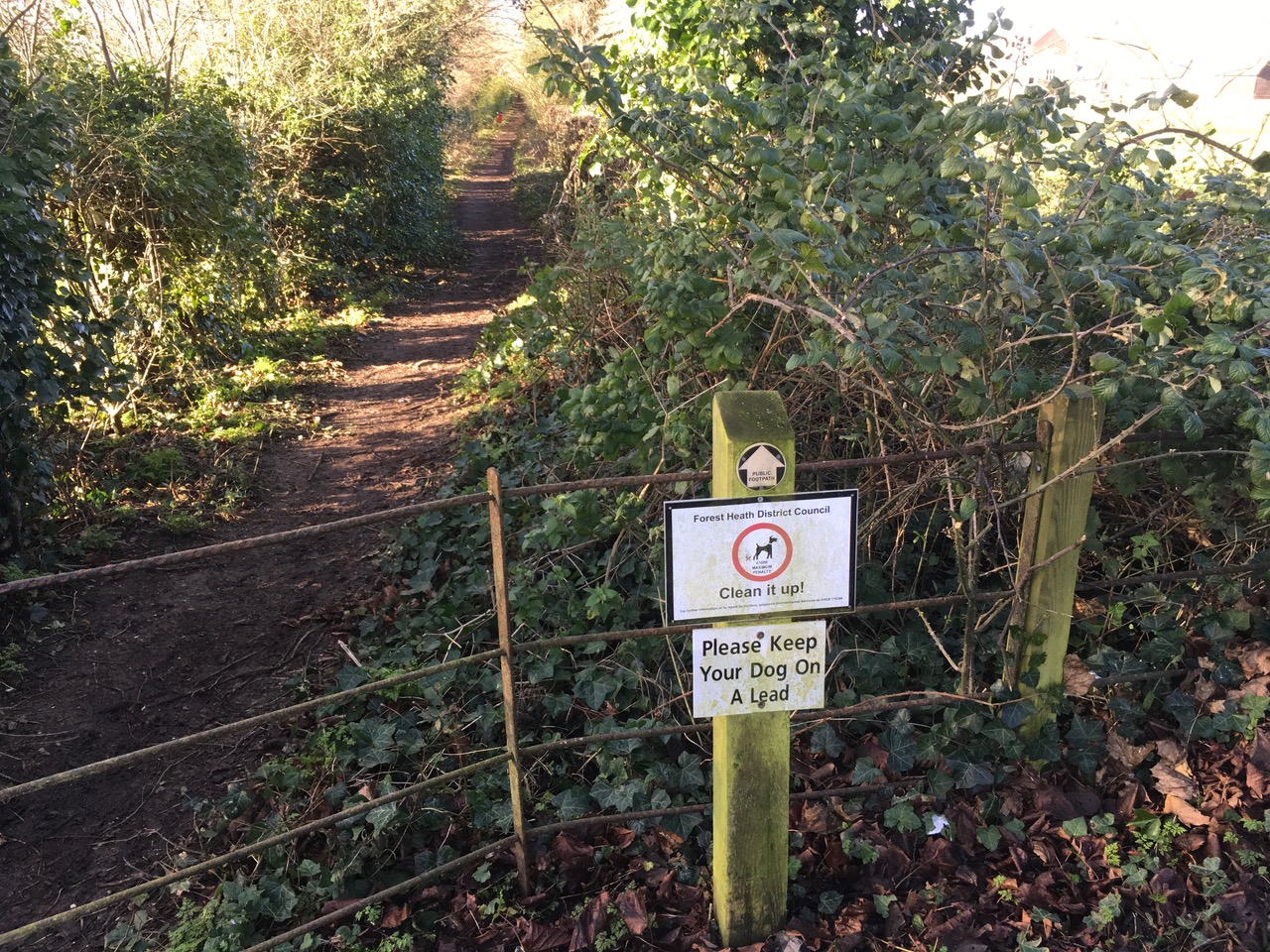
Dogs are a problem in Suffolk
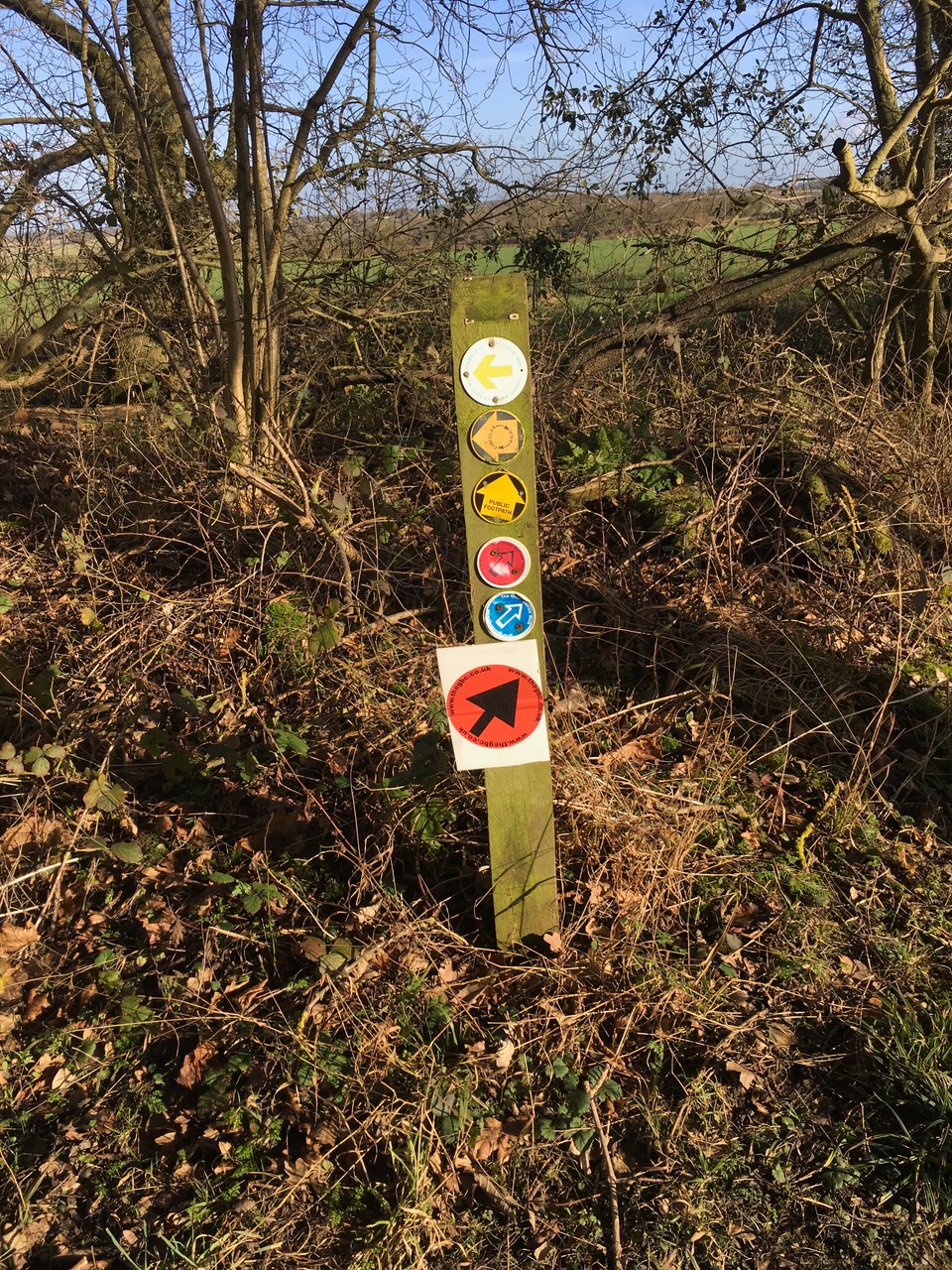
So which waymark do I follow


